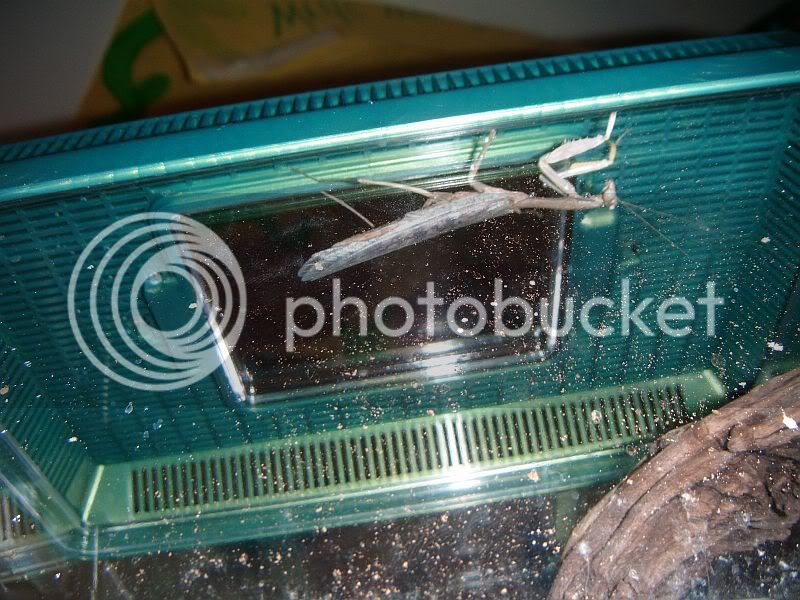Congratulations on raising yr first mantis to adulthood. I am glad that you gave him his scientific name, Hierodula multispina, since in yr earlier thread you were calling it an African mantid which usually refers, though it's a bit vague, to Sphodromantis viridis. In fact, a better common name for yours is Chinese mantis. All members of Hierodula genus come from Asia, iincluding Malaysia, Burma, the Phillipines and China, but a number of years back, several commercial sites started calling it "African" and the name sometimes lingers. It is good that you know the real species (it certainly looks like a male H. spinosa to me; (does anyone question it?) in case you should want to find a female for mating.














































